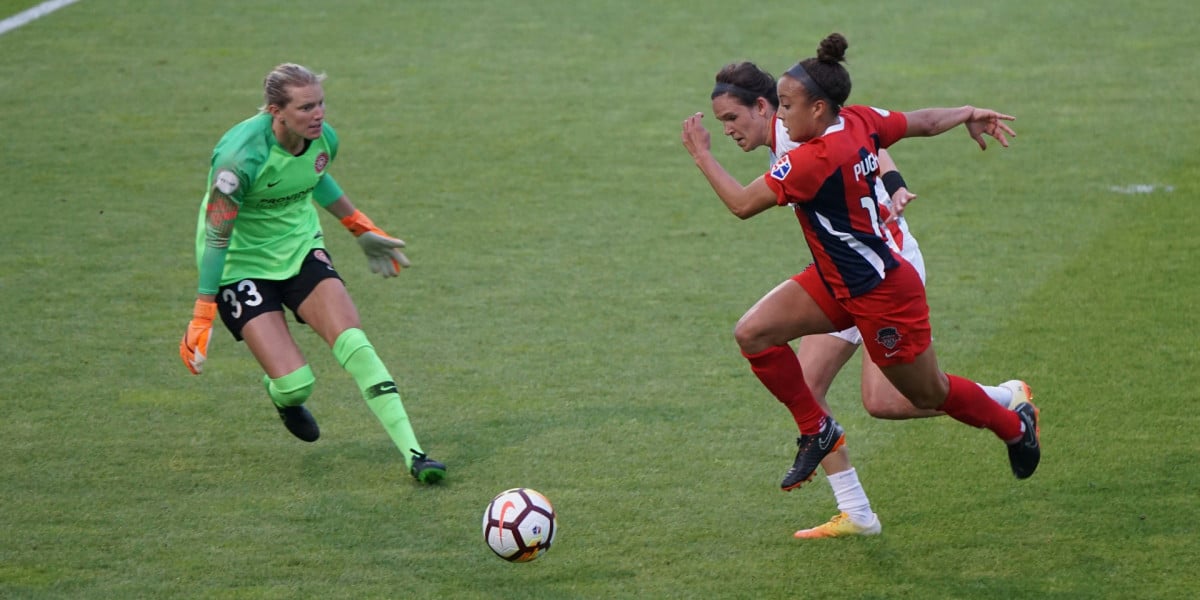
Chartered ABS statement on the Budget
Our response to the Autumn Budget, including details on the International Student Levy in the Budget.
- Home
- / Insights
- / Knowledge sharing
- / Are we giving students enough game time?
Are we giving students enough game time?

Authors

Dr Track Dinning CMBE
Associate Dean Education, Liverpool Business School, Liverpool John Moores University

Professor Peter Wolstencroft CMBE
Professor of Business Education, Faculty Director of Education, Business and Law, Manchester Metropolitan University
Experiential learning is the academic equivalent of “game time” in football suggest Dr Track Dinning and Professor Peter Wolstencroft.
“You can’t win anything with kids.” 30 years ago Alan Hansen’s bold assertion regarding a youthful Manchester United team, after an opening day failure, was delivered with the conviction of someone repeating accepted wisdom. The elite sporting arena was not seen as the place in which young people should make their mistakes and learn, instead those in charge should hide them away until they are ready and not expose them to the possibility of failure.
Nine months later the team lambasted for their youth, lifted the Premier League trophy, the youngest side to do so and in winning the league. They set the template for many teams that followed. The place for people to develop is ‘on the job’ rather than being kept in the shadows. It is our contention that the same is true in the world of education.
“Give them a chance and they might succeed. Don’t give them a chance, and they definitely won’t. “
Let’s first consider the journey of a developing young athlete, one who shows promise, studies the playbook diligently, attends every training session, and who understands the theory of the game inside out. Yet, they remain on the bench. While observation and preparation are important, whilst the athlete is a mere observer, the ideas, approaches and decision making remain theoretical rather than practical. It is time on the pitch that teaches them to navigate real pressures; how to make split-second decisions and the importance of learning from mistakes. So, the athlete’s future is in the hands of the coach: Give them a chance and they might succeed. Don’t give them a chance and they definitely won’t.
The coach is aware that game time is what will transform the potential of the young player into performance, but is also aware of the risk. What if the athlete makes a mistake? Fails to make the pass or hit the target in those final minutes of the game? What if they choke and it affects the team performance. It is not uncommon to see young players being brought onto the pitch during a match with a lower stake, where the pressure is off the player and mistakes do not have as bigger consequences on the team’s performance in the tournament or league.
The same is true for our students.
As academics, we are deeply committed to equipping our students with the knowledge and skills required for success, from lectures, seminars, workshops, field trips, and guest speakers and always in search of the next innovative pedagogy. These experiences are the training sessions, where the student studies the playbook, the management theory of their discipline. However, if we truly aim to develop graduates who are confident, adaptable, and work-ready, we must also recognise the vital role of experiential learning.
“Learning that is grounded in doing, reflecting, and applying in real-world contexts.” (Kolb, 1984)
Experiential learning is the academic equivalent of “game time.”
Whether it takes the form of placements, projects with external partners, authentic assessments, simulated environments, or community-engaged initiatives, experiential learning creates the conditions for students to actively build and demonstrate graduate attributes, such as collaboration, resilience, communication, and ethical judgement. There is an element of safety in these environments, the student can fail in a supported space and learn from their mistakes.
A student who only ever reads and studies the theories will struggle to respond to complexity and ambiguity beyond university walls. Much like an athlete who has never had time on the pitch, their growth will be limited.
What does this all mean for us as educators?
There is a strong argument that students should be given experiential learning opportunities and as academics we need to decide in what form and when in their university journey. It calls for intentional curriculum design, embedding experiential elements into our curricula, assessments, and pedagogical strategies. It challenges us to create learning environments where students are not just recipients of knowledge but active participants in their own development.
Much like a coach taking a risk by putting a young player into the game, academics must also make a considered decision about when in a student’s academic journey they will be exposed to experiential learning opportunities. While a league title or trophy may not be at stake, the credibility of the academic, and in some cases even the institution, can be on the line, especially when working with external stakeholders.
So, let’s get our students off the bench and onto the field, as that is where transformation happens.
References
Kolb, D. A. (1984). Experiential learning: Experience as the source of learning and development (Vol. 1). Englewood Cliffs, NJ: Prentice-Hall.
